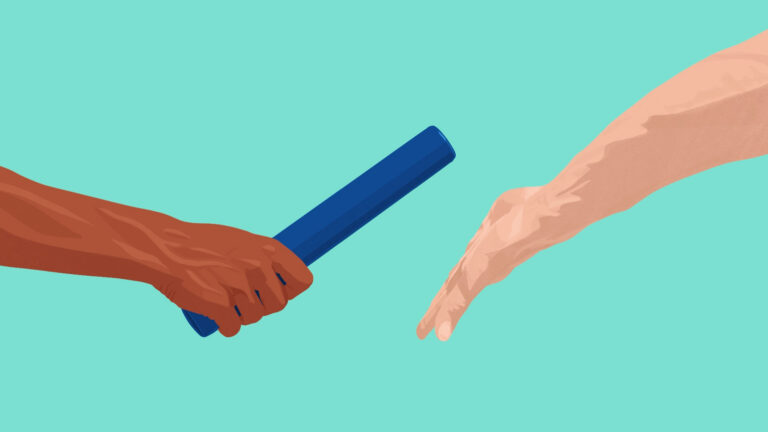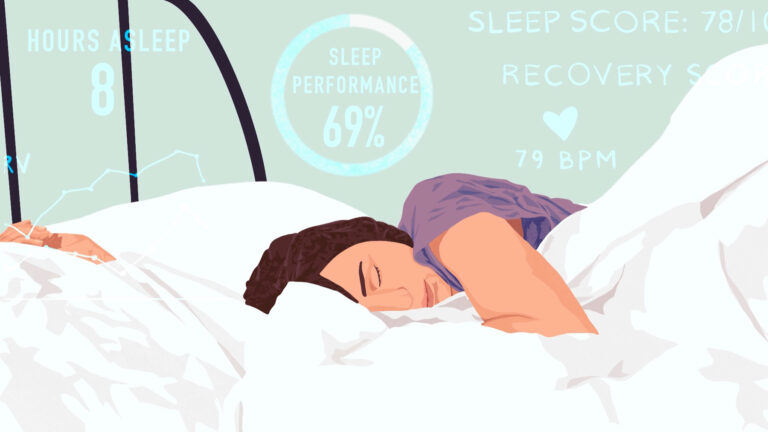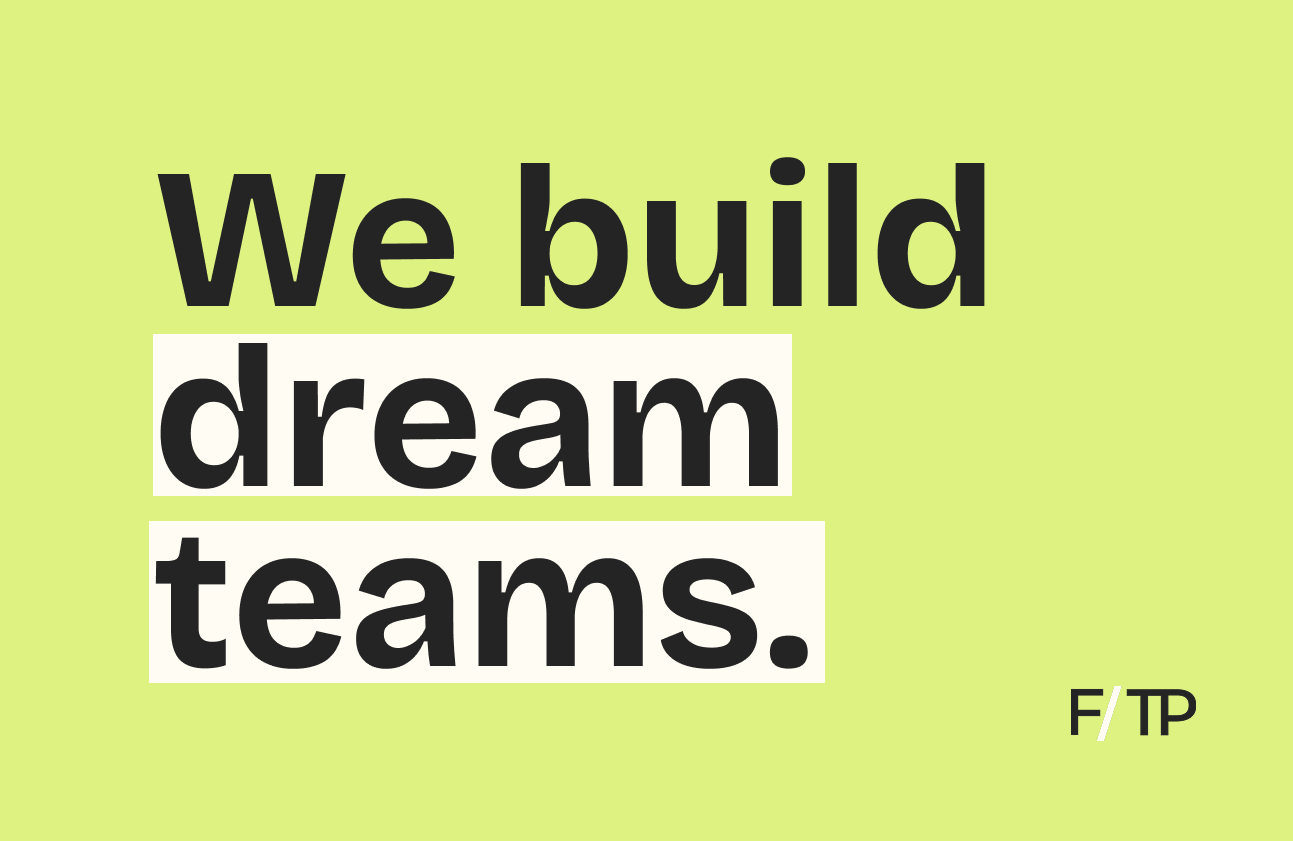What’s the optimal diet? Turns out, it’s complicated.
What’s happening: Ultra-processed foods are killing us. But nutrition advice is a mixed bag. Replacing junk food with real food is a start. Still, eating well isn’t that simple.
Why it matters: Poor diet is a leading cause of mortality in the US, causing more than half a million deaths per year.
- In the US, the total economic cost of obesity is $1.72T per year.
- 40% of US adults are obese, and 100M Americans have diabetes or prediabetes.
The big picture: Nearly every vertical within fitness and wellness is accelerating. Pick a category: on-demand exercise, sleep, meditation, mental health, addiction treatment — there’s a flurry of activity. Even psychedelics and sexual wellness are gaining traction.
Meanwhile, nutrition is stuck in neutral. From optimizing health and preventing disease to weight management, “what should I eat?” is a trillion-dollar question.
Food For Thought
Many foundational questions about food and health remain unanswered. And when a conclusion is reached, it’s often challenged or reversed.
For instance, should we eat breakfast or skip it? Is it better to graze throughout the day or fast until dinner? Similarly, low-carb, low-fat, high-protein, and high-fat diets have been declared “good for us”. And now, paleo, keto, vegan, plant-based, and carnivore diets dominate the conversation.
The fact that specific items, like red meat, cheese, coffee, or red wine, pinball between being healthy and deadly doesn’t help. Every contradiction opens the door for the next diet guru shilling celery juice. That, or we just order a pizza.
Flawed Science
Nutrition science is partly to blame for the mixed messaging.
One study found that dietary trials are four times as likely as drug trials to have a discrepancy in the main outcome. Quality control issues are rooted in a lack of funding for nutritional research and the limitations of the research itself.
Across all federal agencies, only $1.8B goes to nutritional research. Despite the fact that every dollar the National Institutes of Health spends on research results in $3.20 in economic gains, a 200% return on investment, funding has been flat for nearly three decades.
A lack of federal funding has opened the door to industry-funded studies that are criticized for being biased. Worse, the researchers themselves can’t seem to agree on anything. That’s because the field of nutritional science is imprecise.
Randomized controlled trials are the gold standard of medical research. But researchers can’t hold people captive for decades, force-feeding them meticulously tracked diets. Instead, they rely on observational studies and food surveys. Both of which have their shortcomings.
Then there’s the fact that people respond differently to the exact same foods. The same diet can affect identical twins differently. So the idea of universal dietary guidelines may be fundamentally flawed.
Losing It
Nutrition has been hijacked by weight loss. And the $72B US weight loss industry isn’t helping matters. That’s because dieting doesn’t work.
Richard Samber, the former CFO of Weight Watchers (or WW, as they’d prefer to be known), said the business model works because the program doesn’t.
A 2007 study found that only about 16% of WW members maintain their goal weight five years on. Meaning that, as Samber put it: “It’s successful because the other 84% have to come back and do it again. That’s where your business comes from“.
But decades of glowing testimonials from the likes of Oprah (who’s also an investor) help WW perpetuate the promise of weight loss. A nod to its marketing prowess (and Oprah’s influence), the company reported 4.9M members in June.
Of course, WW isn’t alone. The entire weight loss industry is a marketing machine.
Take Noom, for instance. With $115M in funding, the company’s mobile app targets obesity, diabetes, and weight loss. Emphasizing a science-backed approach to behavior change, Noom has amassed 45M users and $230M in revenue for 2019.
But they haven’t scaled on the merits of science alone. Noom waged an all-out affiliate and sponsored content war on WW. The company also called itself Weight Watchers 2.0 in Facebook ads. WW sued, but the lawsuit was dismissed.
Now, Noom is gearing up for another legal battle. A $100M class-action lawsuit claims Noom duped users into purchasing an auto-renewing membership for a health coach that’s actually a computer bot.
The Innovation Pipeline
As companies like Peloton, Calm, and hims built billion-dollar businesses by reimagining fitness, mental health, and telemedicine, we took baby steps toward answering the trillion-dollar question of what to eat. Slowly but surely, nutrition’s innovation pipeline is filling up.
Upstarts. Armed with $5M in funding from Forerunner Ventures and Redesign Health, Calibrate offers telemedicine-based weight loss programs. UK-based Second Nature (formerly OurPath), is a digital weight loss solution with $13M in funding. And Yes Health landed $6M led by Khosla Ventures for a mobile weight loss and diabetes prevention platform.
CGM. Continuous glucose monitoring (CGM) provides real-time data and feedback on how different foods affect blood glucose. Levels, a metabolic fitness startup, hopes to mainstream CGM leading to better diet and lifestyle choices. Biolinq, a medical device startup, has raised $18M to develop a needle-free glucose-sensing patch that could revolutionize CGM.
Personalized nutrition. Billed as the future of food, personalized nutrition is expected to be a $64B industry by 2024. In theory, we’ll all receive custom nutrition advice based on our individual biologic or genetic profile. With that goal in mind, companies like Viome, ZOE, DayTwo, and BiogeniQ are using blood tests, DNA, gut microbiome, and AI to engineer individualized diets.
Takeaway. Truly personalized nutrition might be years in the making, but tackling issues related to eating well is proving to be mission-critical for curbing healthcare spending, treating chronic ailments, and improving longevity. Otherwise, we run the risk of cycling through fad diets in perpetuity.
🎢 The Reopening Rollercoaster
From budget chains to luxury operators, the resurgence of the pandemic is paralyzing gyms.
Cash & cuts: Equinox furloughed more than 3,000 employees in regions where gyms remain closed. In Southern California, where gyms were open, concerned trainers refused to go to work after a member tested positive for COVID-19.
With no clear path to reopening, Equinox needed a new $150M loan to help weather the crisis. Of note, S&P expressed concern that Equinox’s cash balance “may be less than adequate to cover the anticipated cash burn over the next few months.”
Elsewhere, gym chains are confronting similar fates:
- Buyout firm LightBay Capital made a preferred equity investment in Barry’s to support the shuttered group fitness provider.
- Planet Fitness shares tumbled when health officials said more than 200 members may have been exposed to COVID-19 at a location in West Virginia.
- Year to date, shares of UK-based The Gym Group have fallen nearly 50%.
Bad to worse: With COVID cases surging, California, Texas, Arizona, and other states are rolling back reopening plans. If this trend continues, gym and studio operators will be searching for a lifeline to survive a prolonged shutdown.
💵 Walmart Health
Walmart is pushing deeper into healthcare.
Each week, 150M people visit 4,756 Walmart stores across the country. Now, the retailer is looking to capture a growing portion of their healthcare spending. But Walmart President of Health and Wellness Sean Slovenski is quick to point out that the company doesn’t want to simply drive more foot traffic:
“There’s a big difference between offering healthcare services to drive more people to your store and offering healthcare services because you’re in the healthcare business. We’re in healthcare.”
Slovenski oversees a $36 billion division that already fills 400M prescriptions annually and operates 3,000 vision centers. Now, they’re focused on adding healthcare supercenters complete with primary care, urgent care, x-rays, behavioral health, dental care, and more.
In addition to convenience, affordable care is a selling point: it’s $30 for a medical checkup, $25 for teeth cleaning, or $1 per minute to speak with a counselor, without insurance.
Looking ahead: From Apple to Amazon and CVS to Walgreens, everyone is vying for a piece of the healthcare pie. With 30M Americans uninsured and healthcare costs skyrocketing, change can’t come soon enough.
📰 News & Notes
- Calm x Harry Styles.
- The schism inside CrossFit.
- Thread: Behind the scenes at Mirror.
- ICYMI: The Future of Personal Training.
- Under Armour is looking to sell MyFitnessPal.
- How to beat aging. [Reread: The End of Aging]
💰 Money Moves
- In the first half of 2020, US digital health companies raised $5.4B in venture funding. According to Rock Health, the sector is on track to have a record funding year.
- Beverage maker Super Coffee raised $25M in funding at a valuation north of $200M. More from Fitt Insider: The Keto Gold Rush
- Google acquired North, makers of smart glasses that display computerized information superimposed over the real world.
- Pocket Outdoor Media, a media platform for endurance sports, acquired the healthy living, fitness, and outdoor divisions of Active Interest Media.
- Garmin acquired Firstbeat Analytics, a provider of physiological analytics for health, fitness, and performance.
- CBD beverage company Infuzed Brands secured $8.6M in funding.
- Plant-based snack brand Outstanding Foods closed a $5M funding round.






